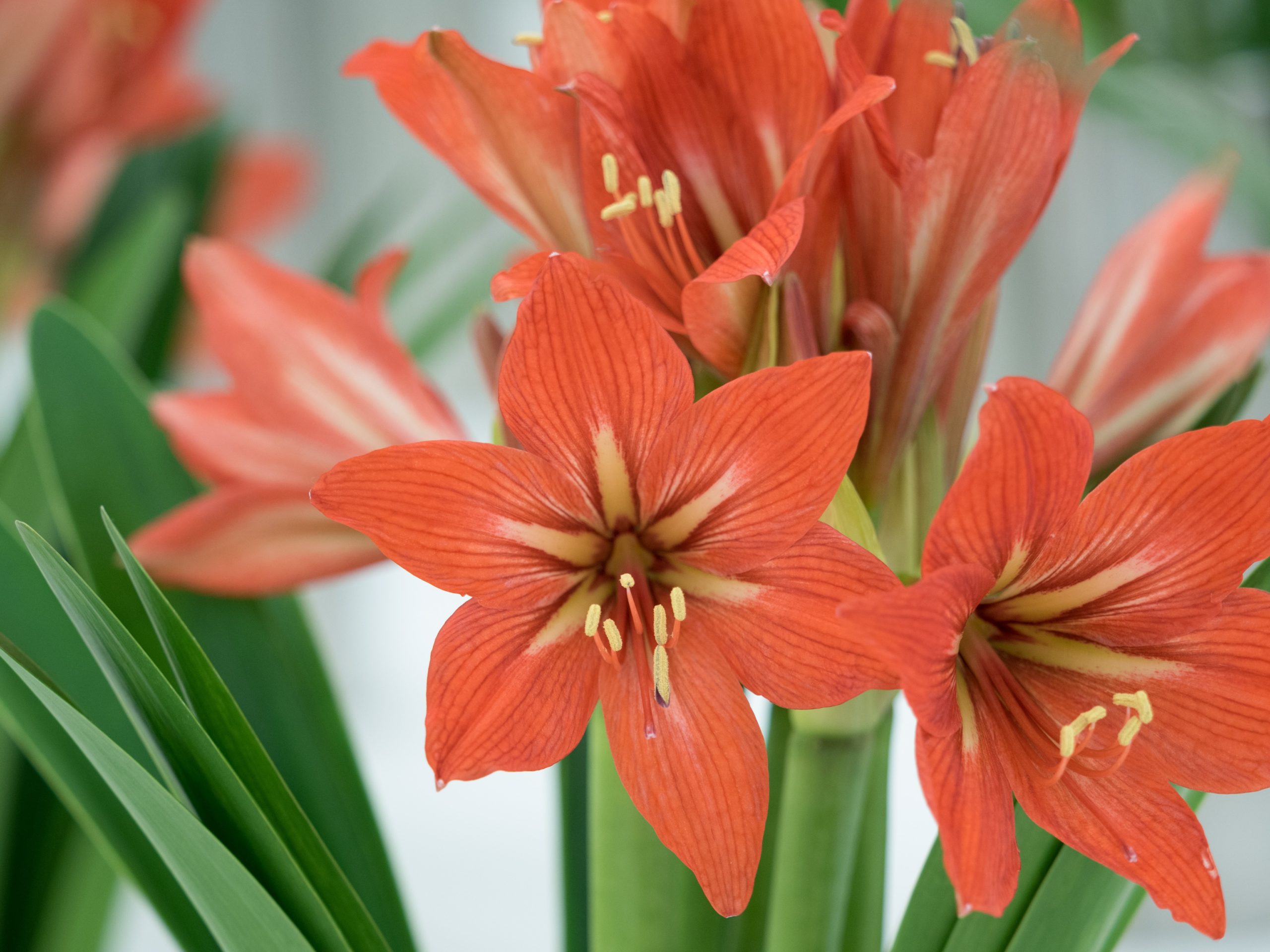Ask Anna – Feb 2025 questions
Happy February! I hope you’re all enjoying the start of this year!
As we settle into this lovely month, This month we are answering the question: “My amaryllis is done blooming; can I get it to rebloom?“
Amaryllis bulbs are a spectacular addition to our homes, especially during the Christmas season when they make their grand debut on supermarket shelves. They stand out among other holiday classics like poinsettias and Christmas cacti with their stunning, show-stopping flowers. While some folks treat these beauties as disposable annuals, tossing them out after they’ve bloomed, the truth is that with a bit of care, you can enjoy their vibrant blooms for years to come!
Once your amaryllis flowers start to wilt and fade, it’s essential to cut off the spent blooms promptly. This little step helps prevent the plant from going to seed, allowing it to conserve energy for the next round of blooming. However, make sure to keep the foliage intact! Just like other bulbs, the leaves are crucial for photosynthesis, helping to build up the plant’s energy reserves for its next show.
To care for your amaryllis after blooming, place it in a warm, bright spot and keep the watering consistent throughout the spring and summer. Remember, these bulbs typically bloom once or twice a year, so your goal is to keep your plant healthy until the following winter when it will dazzle you again with its gorgeous flowers.
Now, if you’ve got a waxed amaryllis bulb, things can be a bit trickier but certainly doable! The wax coating means you don’t need to plant or water the bulb during its initial blooming phase. However, to keep it thriving for next year, you’ll need to remove that wax and plant the bulb in a well-draining soilless potting mix. When planting, ensure that the top third of the bulb is exposed above the soil. A light misting to moisten the soil will encourage root growth, but avoid soaking it! Once you see roots developing, you can water it regularly and treat it like a non-waxed bulb.
To force dormancy (which is crucial for getting those blooms again), start reducing water about two months before you want your amaryllis to bloom again. This is best as fall approaches, allowing the bulb to enter dormancy. You may notice the leaves becoming leggy, yellowing, and dying off—that’s perfectly normal! Just ensure the bulb remains firm and healthy during this time.
For ideal dormancy conditions, aim for cool temperatures between 7 to 13 degrees Celsius. During this period, refrain from watering the bulb. Once you start to see green shoots emerging from the top of the bulb, it’s time to water again and bring it out of those cool conditions. Before you know it, you’ll be rewarded with breathtaking blooms!
If you find yourself with gardening questions or need advice, feel free to reach out! You can send your questions to me at [email protected] with the subject line “Ask Anna,” and I’ll happily feature your questions in next month’s NewsMagazine.
Stop by Harvest on the at 2405 Vincent Massey Drive and also at 75 Cornwall Centre Road to pick up your copy of The Seeker each month





